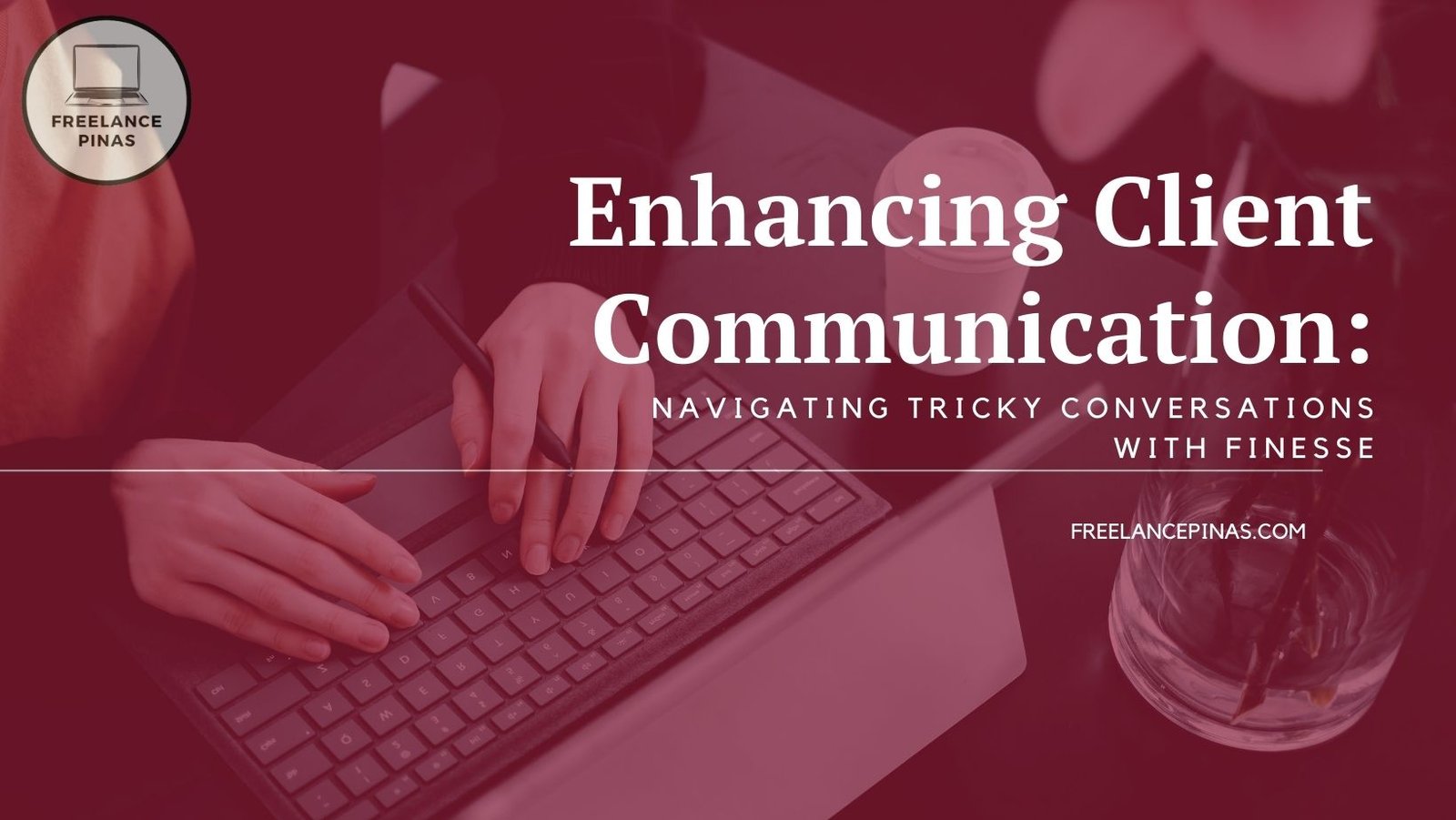Communication lies at the heart of successful collaborations. When working with clients, especially in a freelancing capacity, the way we convey information can make a significant difference. Instead of resorting to direct statements that might come across as abrupt or confrontational, consider employing a more nuanced approach. Let’s explore some examples of improved client communication for smoother interactions.
- Clarifying Instructions:
- Instead of saying: “You need to provide more detailed instructions.”
- Try saying this: “To ensure I meet your expectations precisely, could you please provide additional details or specific instructions regarding the project?”
- Navigating Feedback:
- Instead of saying: “Your feedback is unclear.”
- Try saying this: “I appreciate your feedback. Could you kindly elaborate on specific points or suggest any revisions to help me better understand your preferences?”
- Approaching Ideas:
- Instead of saying: “I don’t like this idea.”
- Try saying this: “I think this idea has potential, but I’m wondering if we could explore some alternatives or adjustments to make it align more closely with our objectives.”
- Handling Challenges:
- Instead of saying: “I can’t do that.”
- Try saying this: “While it’s a bit challenging, I’ll do my best to find a solution. Let me explore some options and get back to you with the best approach.”
- Addressing Discrepancies:
- Instead of saying: “This is wrong.”
- Try saying this: “I’ve noticed a discrepancy here. Could we discuss it further to ensure we’re aligned on the approach or solution?”
- Navigating Differences in Opinion:
- Instead of saying: “You’re mistaken.”
- Try saying this: “I see where you’re coming from, but let’s review the information together to ensure we’re on the same page.”
- Managing Deadlines:
- Instead of saying: “I can’t meet that deadline.”
- Try saying this: “Given the complexity of the task, I’m concerned about meeting the current deadline. Could we discuss a revised timeline or explore any adjustments?”
- Expediting Processes:
- Instead of saying: “This is taking too long.”
- Try saying this: “I understand the urgency of this task. Is there anything we can adjust in the process to expedite it without compromising quality?”
By adopting these nuanced communication strategies, you can navigate tricky conversations with finesse, ensuring smoother interactions and more fruitful collaborations with your clients. Remember, effective communication is a skill that can be honed and refined over time, ultimately leading to stronger professional relationships.
